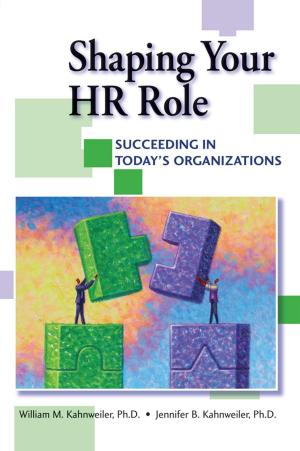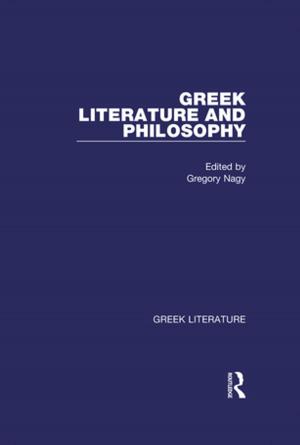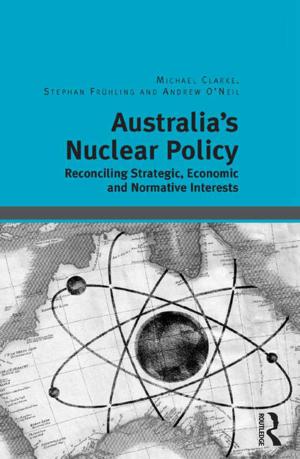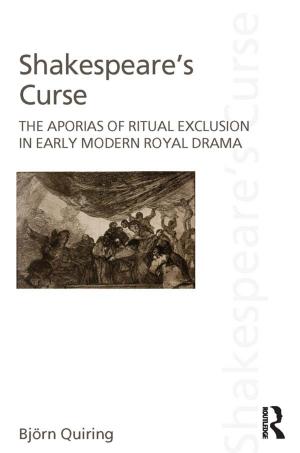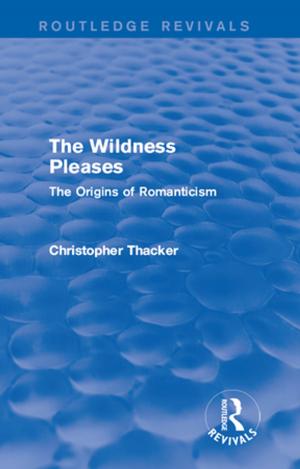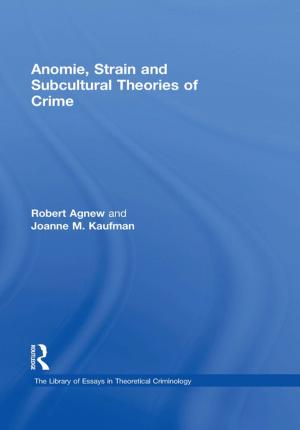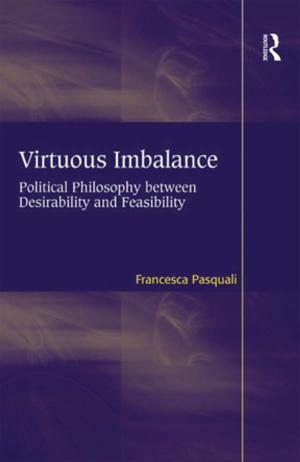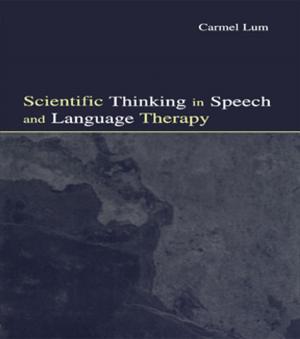A Scientific, Antiquarian and Picturesque Tour
John (Fiott) Lee in Ireland, England and Wales, 1806–1807
Nonfiction, History, British| Author: | ISBN: | 9780429762345 | |
| Publisher: | Taylor and Francis | Publication: | October 26, 2018 |
| Imprint: | Routledge | Language: | English |
| Author: | |
| ISBN: | 9780429762345 |
| Publisher: | Taylor and Francis |
| Publication: | October 26, 2018 |
| Imprint: | Routledge |
| Language: | English |
A Scientific, Antiquarian, and Picturesque Tour: John Lee In England, Wales and Ireland, 1806–7, is a critical edition of the travel diaries and sketchbooks of Dr John Lee FRS (né Fiott, 1783–1866), published for the first time. Shortly after graduating from Cambridge University, Lee set out on a seven-month walking tour through England, Wales, and Ireland on 31 July 1806. His itinerary included most of the key sites on the ‘home tour’, such as Llangollen, the Lakes of Killarney, and the Wicklow Mountains, but also less- visited sites such as the Blasket Islands, Co. Kerry.
Best known later in life as an astronomer, antiquary, Liberal campaigner for women’s suffrage, and generous philanthropist, Lee’s lifelong interest in mineralogy, antiquities, industry, and popular culture, and his concern for the poor, are evident throughout these early diaries. Most of the content relates to Ireland, where Lee arrived on 29 August 1806 and remained until 6 March 1807. His observations paint a picture of Irish social, cultural, and political life in the aftermath of the 1798 and 1803 rebellions, and the 1801 Act of Union. The memory of 1798 looms large in the diaries, as Lee recorded conversations with witnesses and participants on both sides. These observations are laid against the backdrop of Lee’s assessments of the Irish landscape, evaluated verbally and pictorially within the frameworks of the sublime and picturesque. Lee also paid much attention to the physical remains of Irish history (earthen forts, early-Christian religious sites) and to the endurance of Gaelic culture (the Irish language, Gaelic games, ‘pattern’ days) that made Ireland exotic to the English visitor.
The volume includes an annotated transcription of Lee’s five diaries and notes from his three sketchbooks, reproductions of some of his sketches, and a critical introduction setting Lee’s diaries within their historical, cultural, and intellectual contexts. It makes Lee’s detailed observations available to researchers for the first time, a valuable resource for Irish social, cultural, and political history, local history, and the histories of travel and antiquarianism.
A Scientific, Antiquarian, and Picturesque Tour: John Lee In England, Wales and Ireland, 1806–7, is a critical edition of the travel diaries and sketchbooks of Dr John Lee FRS (né Fiott, 1783–1866), published for the first time. Shortly after graduating from Cambridge University, Lee set out on a seven-month walking tour through England, Wales, and Ireland on 31 July 1806. His itinerary included most of the key sites on the ‘home tour’, such as Llangollen, the Lakes of Killarney, and the Wicklow Mountains, but also less- visited sites such as the Blasket Islands, Co. Kerry.
Best known later in life as an astronomer, antiquary, Liberal campaigner for women’s suffrage, and generous philanthropist, Lee’s lifelong interest in mineralogy, antiquities, industry, and popular culture, and his concern for the poor, are evident throughout these early diaries. Most of the content relates to Ireland, where Lee arrived on 29 August 1806 and remained until 6 March 1807. His observations paint a picture of Irish social, cultural, and political life in the aftermath of the 1798 and 1803 rebellions, and the 1801 Act of Union. The memory of 1798 looms large in the diaries, as Lee recorded conversations with witnesses and participants on both sides. These observations are laid against the backdrop of Lee’s assessments of the Irish landscape, evaluated verbally and pictorially within the frameworks of the sublime and picturesque. Lee also paid much attention to the physical remains of Irish history (earthen forts, early-Christian religious sites) and to the endurance of Gaelic culture (the Irish language, Gaelic games, ‘pattern’ days) that made Ireland exotic to the English visitor.
The volume includes an annotated transcription of Lee’s five diaries and notes from his three sketchbooks, reproductions of some of his sketches, and a critical introduction setting Lee’s diaries within their historical, cultural, and intellectual contexts. It makes Lee’s detailed observations available to researchers for the first time, a valuable resource for Irish social, cultural, and political history, local history, and the histories of travel and antiquarianism.

